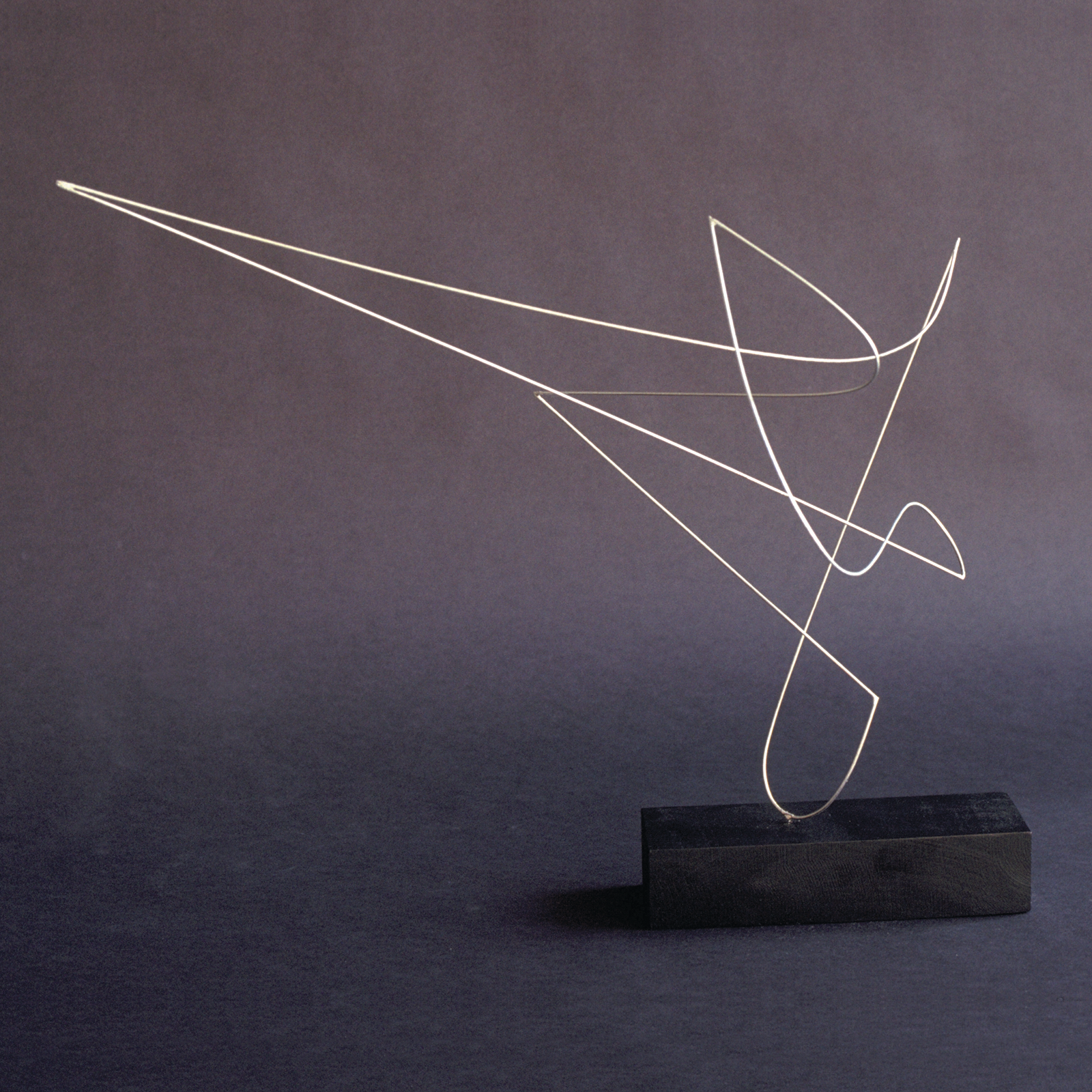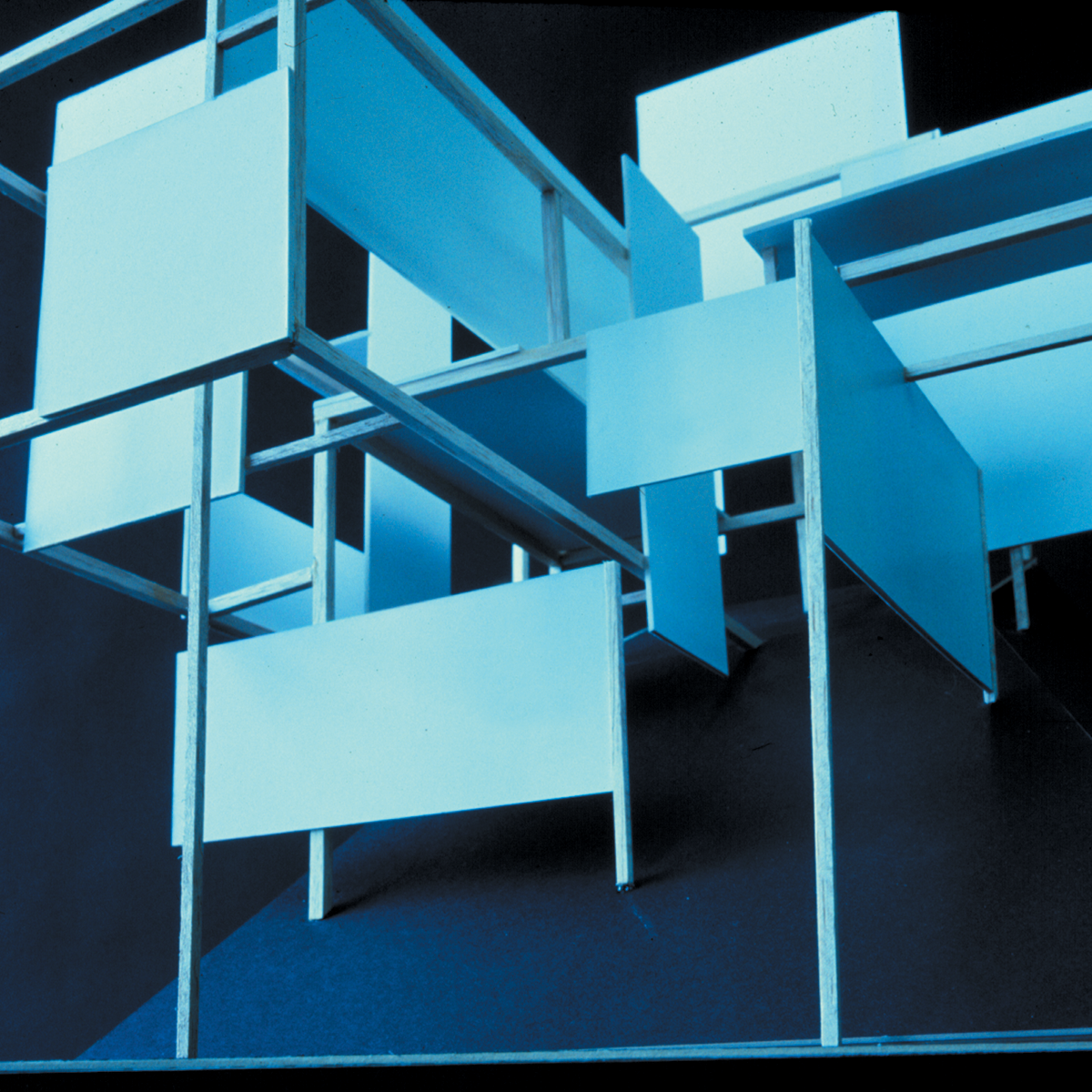For those of you who have never worked in three dimensions, it provides an introduction to the three-dimensional world and to that complex and exciting set of relationships that will challenge you for the rest of your life.

For those of you who have never worked in three dimensions, it introduces the three-dimensional world and that complex and exciting set of relationships that will challenge you for the rest of your life. There is no end to it. I hope some of you might pursue this search for its own sake, as the scientists do, pausing occasionally for a personal expression that could lead to discoveries.
For those of you who have had three-dimensional experiences and have known the frustration of never wholly understanding what you were doing (as I have) or have become ‘stuck’ at a certain point in the development of a project, the experience of going back to the beginning and proceeding from simple to complex relationships will provide great satisfaction, a sense of freedom, and the security which comes from knowing that you can realize the potential of your idea because you can study it objectively.
The study of abstract relationships is not easy. It is a long, slow process with frustrations, like any discipline, but the rewards are great, and the trip is exciting. So I hope I may have your cooperation and patience as we explore the first problem - which looks so simple yet is almost a complete course itself. It is an organization of three rectilinear volumes - and the objective is to achieve a familiarity with simple volumes and a unified statement.’
Three-Dimensional Sketches
All of the experiences in the Foundation sequence and the more advanced exercises start with three-dimensional sketching. Use whatever materials are appropriate to the problem: clay, paper, cardboard, Bristol board, wire, glue…Work quickly. Make as many sketches of the abstract relationships as you can. The abstract relationships express the relation of the parts to the whole apart from any concrete or material embodiment. They reflect the direct visual experience of the thing, how forms and spaces and movements’ speak’ to one another.
Let your sketches be uninhibited. Later on, you will put the saddle on them. The sketches are the most fun. That is where you can be as creative and adventurous as you like. I believe in small sketches. If they are small, you make more of them. Moreover, you do not get stuck too soon. Having ten ideas is like having ten children. You are not likely to spoil one to death. So, let your ideas flow. Let them come out. However, let them come out three-dimensionally.
Stand back and react to what you have done. Always react to your design sketches first. You can analyze them later. Focus on the ideas that seem the most interesting and exciting. Following an exercise’s directions does not guarantee that you will create a design statement. However, once you have selected one or two sketches for further work, you can use the visual principles you have learned to analyze them, develop ideas, and refine your design statements.
Proportion Sketches
You can gain additional insight into your design’s proportions and balance by doing two-dimensional sketches. Draw several views of your three-dimensional sketch using 18” x 24” newsprint sheets and standing about 10 feet away. With the flat side of a charcoal or pastel and broad strokes, draw the gesture of your design. Then, draw the whole shape of the outside configuration. Squint when you do this and draw as if the composition were out of focus, and you can see the overall shape but no detail. The outside shape should have a balance of directional forces from all views. (The balance of directional forces is the sum of all forces of movement.) Draw the silhouette down to the base and up again if that is what you see. The overall proportions should be an abstraction. Do not draw exactly what you see. These proportion sketches are an opportunity to explore and improve what you have in your three-dimensional sketch.
Space Sketches
The space sketch is a three-dimensional exercise that lets you explore the grouping of forms and the awareness of negative volume. It is a way of getting the overall concept out without struggling with materials. Use your space sketch to establish the first big tensional relationship between planes and volumes—or groups of planes and volumes. Make it no larger than 12’. This three-dimensional sketch must suggest the proportions of the total negative volume, establish a balance of directional forces for every position, and establish complementary relationships between forms. The tensional relationship depends on sensitivity to the negative space between forms. You will find that volumes must be placed farther apart than planes. Look at the positive forms after you have established the spatial relationships. Organize volumes, planes, and lines—in that order. The space around the planes or volumes must be stimulated by the positive forms. This is an exercise in learning to think of all these things simultaneously so everything in your final design relates to everything else.













